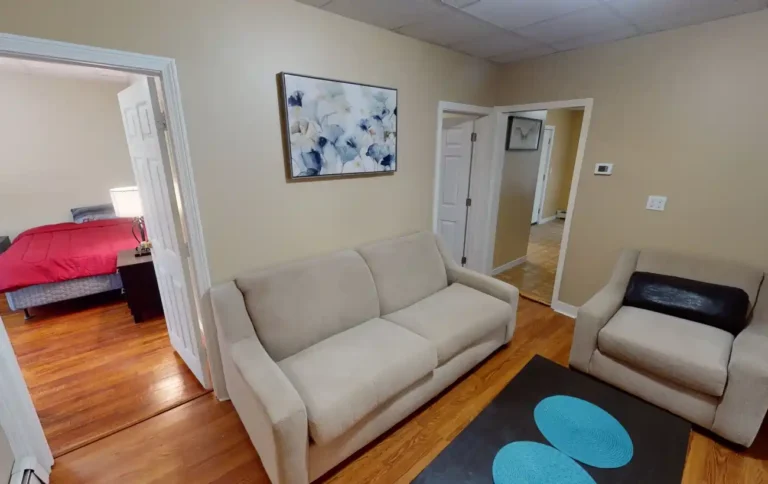
Speak with a healthcare professional if you experience symptoms of alcohol-related neuropathy or are struggling to stop drinking. The sooner you stop drinking alcohol, the more favorable your outlook is if you have alcohol-related neuropathy. Research suggests you can recover from some or all of the nerve damage caused by alcohol-related neuropathy. It’s important to speak with a healthcare professional if you experience any symptoms of peripheral neuropathy. Early diagnosis and treatment can help increase your chances of fully recovering.
Direct toxic effects of ethanol or its metabolites (direct toxicity)
Thus, treatment with anticonvulsant drugs may provide another therapeutic alternative for the symptomatic relief of pain in patients with alcoholic neuropathy. Therefore, topical application with capsaicin may provide symptomatic relief from neuropathic pain in patients suffering from alcoholic neuropathy. Thus, there is an urgent need to screen the vitamin E isoforms, especially tocotrienol for evaluating clinical efficacy in patients with alcoholic neuropathy. Thus, alpha-lipoic acid may have a potential in the treatment of patients with alcoholic neuropathy.
Autonomic symptoms
This habit can lead to poor food choices and nutritional deficiencies, harming overall health and preventing nerves from functioning correctly. Alcohol neuropathy, a condition characterized by nerve damage due to excessive alcohol consumption, can be mitigated and prevented through a multifaceted approach. However, it is known to be directly related to heavy and long-term alcohol consumption. Overconsumption of alcohol may directly harm and hinder the nerves’ ability to communicate information from one body area to another.
Alcoholism and Alcoholic Neuropathy

The serotonin/norepinephrine re-uptake inhibitors (SNRIs), duloxetine and venlafaxine, have a well-documented efficacy in painful polyneuropathy 117, 118. SSRIs have been studied in a few trials which have demonstrated a weak analgesic effect but the clinical relevance of these compounds is questionable 119. As with any medical condition, prompt treatment is key to heal existing damage and prevent further harm. It’s also essential to seek treatment from a physician, as they possess the specialized knowledge to determine the best course of action.
How can alcohol-related neurologic disease be prevented?
A person should speak with a doctor if they are experiencing any symptoms of alcoholic neuropathy or if they are concerned about their alcohol use. Individuals with alcoholic neuropathy can make a partial or full recovery, depending on the extent and duration of their alcohol consumption. A systematic review suggests that 46.3% of people who engage in chronic heavy alcohol use have alcoholic neuropathy. People should note that while “alcoholic neuropathy” is the current medical term, some healthcare professionals are beginning to use the term “alcohol-related neuropathy” to decrease stigma surrounding the condition. The medical community has recognized that addiction is a disease and some people are predisposed to it.

Treatment Options for Alcoholic Neuropathy
Indirect effects are mainly induced by vitamin deficiencies (B1, B2, B3, B5, B6, B7, B9, and B12) 84, 88. Treatment of ALN aims to reduce further damage to the peripheral nerves and restore their normal functioning. What is crucial during ALN treatment is the alleviation of the major causation of ALN which is alcohol abuse.

Topical Collection on The Pathobiology of Alcohol Consumption
The key role in the degradation of ethanol is played by ethanol is alcoholic neuropathy dangerous dehydrogenase and acetaldehyde dehydrogenase-two step enzymatic systems by which ethanol is converted to acetate which is further metabolized in humans. Acetaldehyde dehydrogenase is a mitochondrial enzyme which undergoes a single amino acid substitution (mutation) in about 50% of the Asian population in a way similar to the genetic changes in sickle cell anaemia 21. Thus, in alcoholics with the mutated dehydrogenase enzyme, acetaldehyde concentrations may reach values about 20 times higher than in individuals without the mutation.
- Symptoms can develop just 5 hours after the last drink and persist for weeks.
- Symptoms of the condition range from slight discomfort to chronic pain and significant disability.
- One of the most common adverse effects seen in patients with chronic alcohol use disorder is alcohol neuropathy.
- Other causes can lead to neuropathy besides alcohol, so your healthcare provider may order additional tests to confirm what has caused your symptoms.
- These treatments, in some cases, only suppress the symptoms but do not treat the underlying pathology.

The cerebellum is the part of the brain that controls coordination and balance. These symptoms can occur in addition to the symptoms of alcohol withdrawal. But according to the Centers for Disease Control and Prevention (CDC), drinking less or not at all may help you avoid neurological harm. Consuming too much, especially over months or years, can result in severe symptoms.
Lee et al. 36 suggested that reactive oxygen species are importantly involved in the development and maintenance of capsaicin-induced pain, particularly in the process of central sensitization in the spinal cord in rats. Naik et al. 38 suggested the involvement of oxidative stress in experimentally induced chronic constriction injury of the sciatic nerve model in rats. Endoneural oxidative stress leads to nerve dysfunction in rats with chronic constriction injury 39. A significant decrease in the activity of anti-oxidant enzymes (superoxide dismutase and catalase) and an increase in lipid peroxidation were observed in sciatic nerves of diabetic rats with established neuropathic pain 40.
Alcoholic Neuropathy Diagnosis
Here’s what you need to know about the risks of alcohol-related nerve damage and the toxic effects of alcohol. Alcoholic neuropathy, also called alcohol-induced peripheral neuropathy, is nerve damage in the body caused by the toxic effects of alcohol. Thiamine serves as an important coenzyme in carbohydrate metabolism and neuron development.